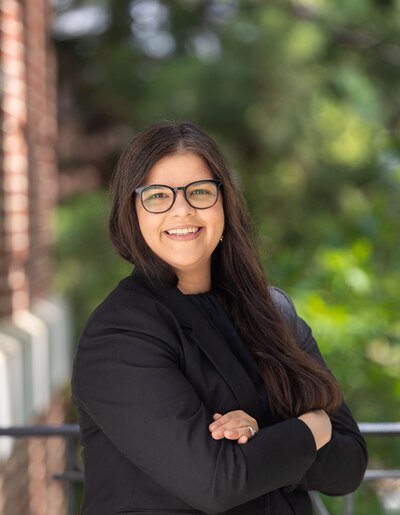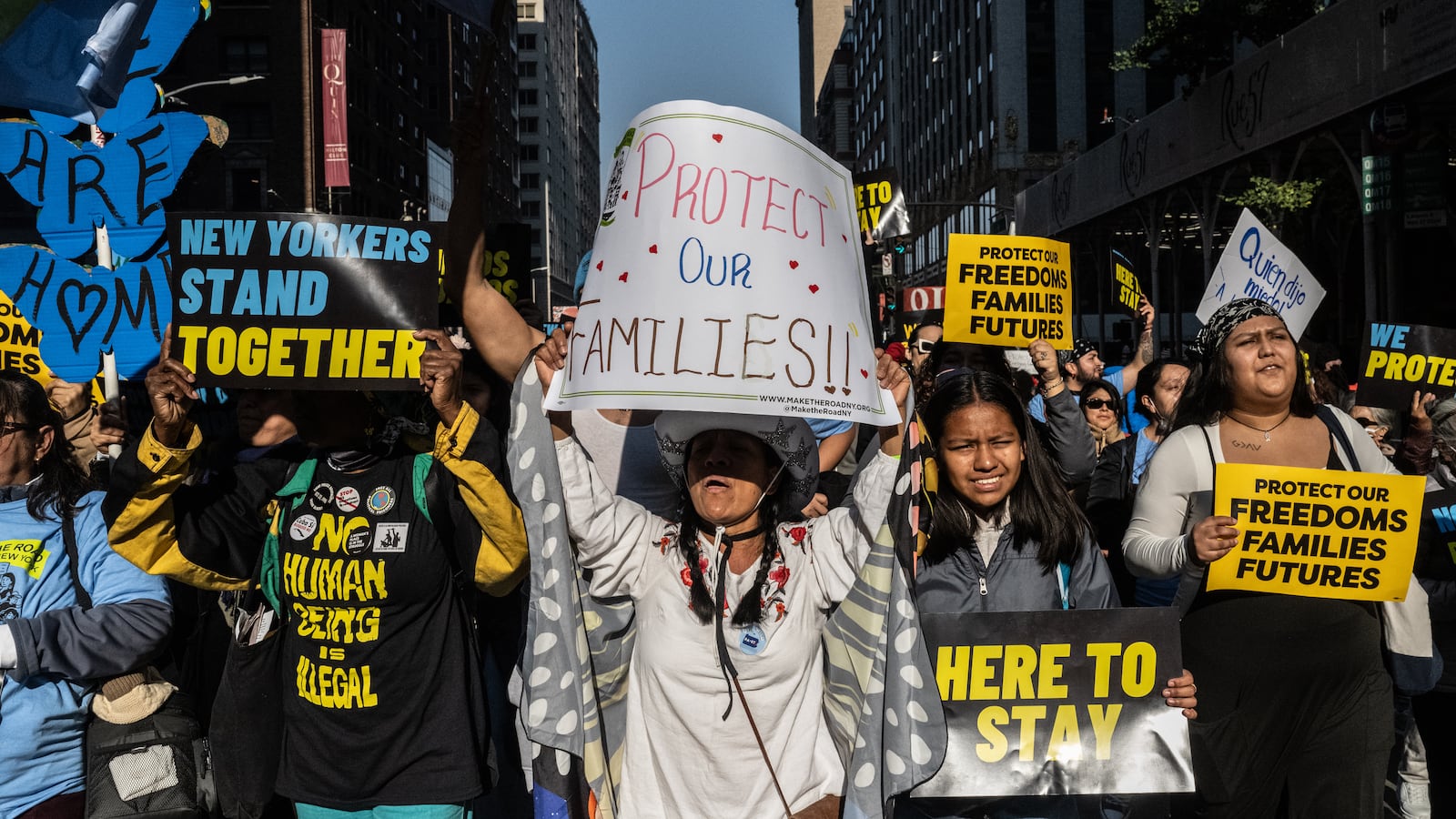“What if I go home and my parents aren’t there?”
Those were the words of a fifth grader to his teacher.
The teacher told me that she fears what’s ahead for her students living in immigrant households, as the new Trump administration promises mass deportations that could impact millions of youth.
As an education policy and immigration researcher and an educator, I have listened as students and families express fear and uncertainty about what Trump’s hard-line immigration policies could mean for them. Meanwhile, educators and organizers are wrestling with the question of what “sanctuary” might look like in their communities, including in their schools, and how to best support students and families.

In his inaugural address Monday, Trump said he would return “millions and millions” of undocumented immigrants to their countries of origin. Less than a day after taking office, he rescinded a longstanding policy that prevented federal immigration enforcement from making arrests at schools and other sensitive locations, like hospitals and houses of worship. This change could lead to surveillance, searches, and arrests at schools and other formerly protected locations.
Amid this political theater, educators, community leaders, and immigrant advocates want to know how they can protect their school communities. They want to know what they should be doing now and what to tell students like the fifth grader worried about coming home from school and finding his undocumented parents have been detained or deported.
In New York City, some schools are receiving city guidance, while schools dedicated to serving new immigrants are training staff for potential immigration officers’ presence at schools. The Chicago school board, meanwhile, passed a resolution vowing that school officials would not comply with federal immigration enforcement. As a community leader there told me: “Keeping people here and safe is a form of resistance.” The Los Angeles Unified reaffirmed its role as a sanctuary district and tasked the superintendent with creating a plan to train school staff to respond to requests or visits from federal immigration authorities.
Such moves may ease some concerns, but they are not necessarily possible or happening in suburban communities like the ones I study, due to a lack of infrastructure and social service support, or in places where state policies reflect widespread anti-immigrant sentiment. The lack of a safety net means there are fewer opportunities for school districts to partner with community-based organizations or build coalitions to support families.
Despite the expanded authority for ICE to operate near schools, the 1982 U.S. Supreme Court ruling in Plyler v. Doe, which has stood up to legal challenges over the years, says that students have the right to a free public education, regardless of their immigration status. While overturning Plyler is a stated policy goal of the Heritage Foundation, a think tank closely linked to Trump, I think it’s more likely that local law enforcement will cooperate with ICE with strong encouragement and erratic policies from the Trump administration.
Plyler also means schools don’t have to turn over information about whether students are documented or undocumented — if they collect that information at all. (California, for one, cannot, but Oklahoma’s state superintendent wants families to share their immigration status before enrolling their children in school.)
Even before the protected spaces rule was overturned, immigrant families may have felt the need to hide, refrain from seeking help or services, and keep their kids out of school. During the first Trump administration, absenteeism due to fear of immigration enforcement increased. My research shows that, fearing immigration raids, youth and families avoid certain parts of town or driving to work or the grocery store near common ICE checkpoints.
Against this backdrop, there are several ways that schools can be a shield for immigrant students. Some of the districts I partner with have plans to safeguard immigrant students’ rights and to support teachers and school staff in this effort. Training educators and implementing safety plans consistently will be key to maintaining schools as safe places. Meanwhile, other schools are updating safety plans they began during the first Trump administration, and others still report needing more awareness of immigration policy and youth and families’ rights.
Educators and local organizers know that immigrant families’ fears are valid and should be helping them prepare documents, list emergency contacts, and have a plan in place for kids if parents are detained or deported.
At the state level, organizers should encourage legislation that protects educational rights, including bills shielding child care centers from immigration raids and ensuring access to higher education regardless of immigration status — in contrast to a proposed Florida law that would bar undocumented students from selective state colleges.
Some states, cities, and school districts already have sanctuary policies limiting local cooperation with immigration enforcement. However, sanctuary policies vary widely and do not fully protect undocumented immigrants from deportation.
There is much work ahead for schools and community-based organizations, as well as state and local officials serving immigrant communities. The first steps for educators and educational leaders ought to be: pass safe-zone plans to combat threatened or real ICE presence near schools, ensure that a communication tree and family plan are in place in the event of raids or deportation, secure legal expertise through school-community partnerships, and designate school staff to support these efforts. Subsequent steps for community-based groups should include advocating for state policies to protect higher education and financial aid access and expanding things like driving privileges, temporary work permits, and professional licensing for immigrants.
State, local, and school district leaders need to invest in these efforts and not leave it up to chance. Families’ lives depend on this kind of support and mobilization.
Sophia Rodriguez, Ph.D. (@SoRoPhD), is an associate professor of educational policy studies at New York University’s Steinhardt School of Culture, Education, and Human Development. She is also a first-generation college student and child of an immigrant from Latin America, which drives her advocacy work and quest for equitable policies for immigrant youth and their families. Her research investigates how community-school partnerships and educators promote racial equity for immigrant youth; her research has appeared in academic journals as well as in the Washington Post, Education Week, and the Conversation.



